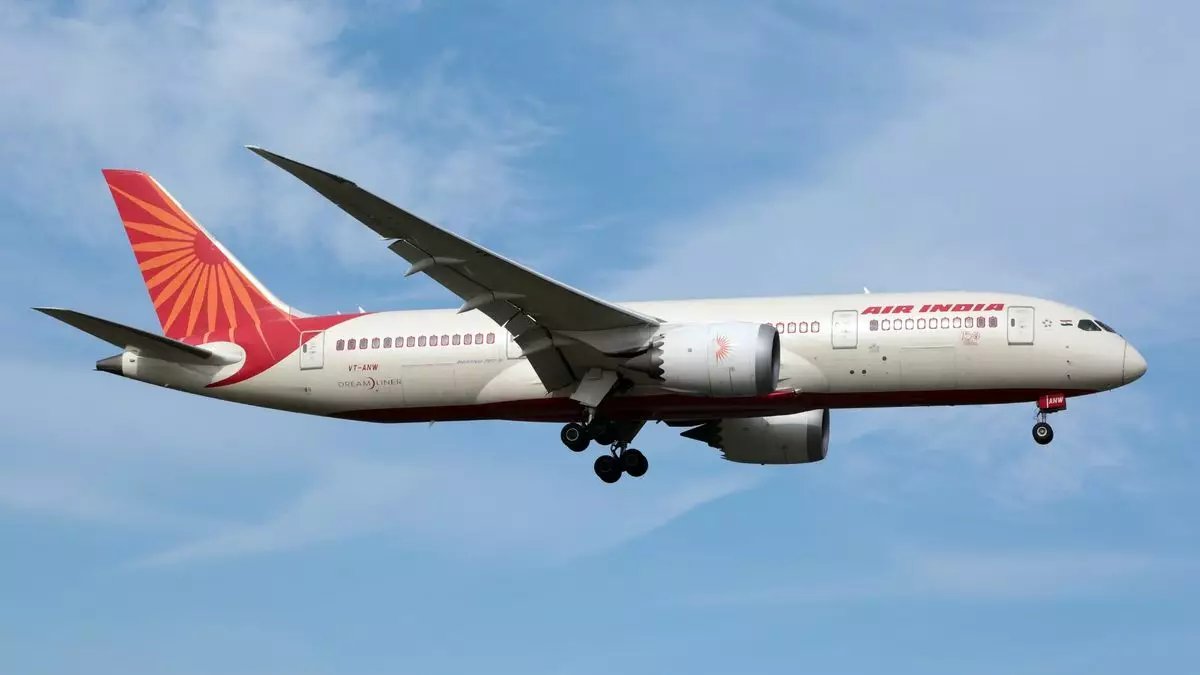The initial reports surrounding the tragic crash of Air India Flight 171 reveal unsettling discrepancies that demand close scrutiny. Notably, both fuel cutoff switches moved to the off position mere seconds after the aircraft’s departure. Such an action is highly irregular, especially so early in the flight, and raises immediate questions about the crew’s intentions and the aircraft’s systems. Typically, fuel cutoff switches are reserved for emergency landings or engine shutdowns, not for use during initial climb. This alarming detail signals possible tampering, confusion, or a severe malfunction that the investigation must unravel.
Pilots Under the Spotlight
The cockpit communications, as captured in the preliminary investigation, hint at a turbulent cockpit environment. One pilot inquires about the cutoff switches, only to be met with confusion—indicating uncertainty or miscommunication. The co-pilot was in control during takeoff, with the captain observing; yet, the recorded exchange suggests ambiguity about who activated these switches. This ambiguity is critical because it questions the pilots’ situational awareness and adherence to protocols during a crucial phase of flight. The oversight or possible sabotage raises disturbing concerns about cockpit management, authority dynamics, and training standards. Instead of confirming procedures, the pilots’ interaction in these moments exposes potential gaps that may have contributed to the disaster.
The Flight’s Chaotic Final Moments
A particularly disconcerting aspect is the rapid re-engagement of the engines moments after the cutoff. Both switches were flipped back to “run” within seconds—an action that appears almost instinctive, yet leaves us pondering whether this was a hurried corrective measure or an indication of renewed engine functionality. Engine one recovered thrust before the crash, but engine two did not, underscoring the critical importance of redundancy and the mechanical reliability of such sophisticated aircraft. The last communication, notably, was the abrupt cessation of the flight data recorder, marking the moment of impact. These rapid, unintended engine shutdowns and restorations showcase the fragility of the aircraft’s systems and raise questions about the crew’s ability to maintain control amid sudden technical anomalies.
Lessons to Be Learned: Human Factors and System Failures
While the investigation remains ongoing, the preliminary findings underscore a looming challenge—how quickly human decisions can turn catastrophic when compounded by mechanical uncertainties. The timing of the fuel switch movements implies either an emergency response, an error, or some unseen influence. This case clearly illustrates how critical pilot training, cockpit communication, and system integrity are in preventing such tragedies. Human error, especially during crucial phases of flight, can have devastating repercussions if not meticulously managed. The incident illuminates the need for rigorous protocols and perhaps even revisiting the controls that allow switches to be activated inappropriately or automatically.
By critically examining the incident, we are reminded that airline safety is an intricate balance of technology, training, and human judgment. Flight 171’s tragic end exposes vulnerabilities that the aviation industry must confront head-on, emphasizing the importance of meticulous procedures and unwavering vigilance. This investigation, still open, has the potential to influence safety standards profoundly—if its lessons are heeded with diligence.


Leave a Reply